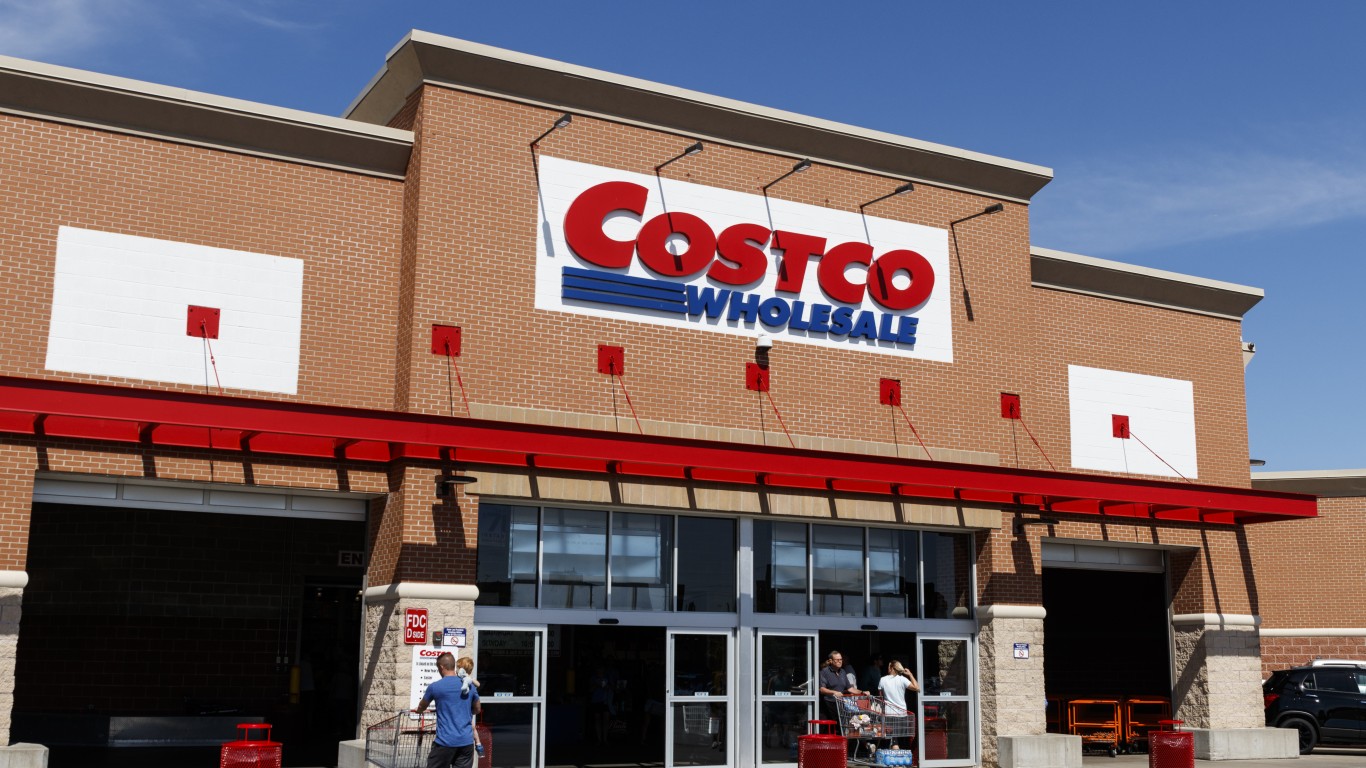Added up, all of Wal-Mart Stores Inc.’s (NYSE: WMT) retail outlets in the United States total 5,200. This includes all Wal-Mart store formats, from supercenters to discount stores and the company’s 651 Sam’s Clubs. With flat same-store sales, and a future that makes a downturn in same-store sales likely, Wal-Mart may not be able to keep all these locations, if it wants to improve its U.S. financials. Source: courtesy of Wal-Mart Stores Inc.
Source: courtesy of Wal-Mart Stores Inc.
In the most recently reported quarter, Wal-Mart same-store sales rose 1.5% and the Sam’s Club number was 1.3%. These numbers are better than they have been recently, but operating income in the two divisions fell. While traffic to the stores may have ticked up, customer yields have dripped, at least as operating income is one key measure.
Wal-Mart is trapped between two trends in the United States. One is the number of brick-and-mortar stores its competition has, both big-box retailers and the largest department store companies. Some of these, such as Costco Wholesale Corp. (NASDAQ: COST), are healthy. Others, like J.C. Penney Co. Inc. (NYSE: JCP) are desperate. Taken together, there are too many retailers battling for customers in what has become a zero sum game, when e-commerce activity is not included.
ALSO READ: Companies Paying Americans the Least
The Amazon.com Inc. (NASDAQ: AMZN) problem is greater. As it continues to post sales growth of 20% quarter over previous-year quarter, Amazon’s revenue in the United States is approaching $80 billion. That makes it as large as Wal-Mart’s primary rival, Target Corp. (NYSE: TGT). Wall Street is so impressed with Amazon that it has assigned the e-commerce company a larger market cap than Wal-Mart. Based on traffic and revenue, Walmart.com is tiny compared with Amazon. And there is not one bit of evidence that Wal-Mart can take online business from Amazon. Actually, the trend is the other way around.
One thing that is almost certain for a retailer with a large network of store locations is that some are much less profitable than others. With Wal-Mart’s thin margins, some probably even lose money. At the bottom end of the Wal-Mart network, financially, some locations are not worth keeping open. If Wal-Mart’s financial picture looked like Costco’s, that margin problem would not be so troubling.
Wal-Mart management may argue that all of its stores are profitable. Maybe some contribute a few dollars of operating profit a year, but that is unlikely. Wal-Mart’s growth period in the United States is over. To bolster margins, it needs to close some stores.
ALSO READ: Costco May Be America’s Best Run Company
Take This Retirement Quiz To Get Matched With A Financial Advisor (Sponsored)
Take the quiz below to get matched with a financial advisor today.
Each advisor has been vetted by SmartAsset and is held to a fiduciary standard to act in your best interests.
Here’s how it works:
1. Answer SmartAsset advisor match quiz
2. Review your pre-screened matches at your leisure. Check out the
advisors’ profiles.
3. Speak with advisors at no cost to you. Have an introductory call on the phone or introduction in person and choose whom to work with in the future
Take the retirement quiz right here.
Thank you for reading! Have some feedback for us?
Contact the 24/7 Wall St. editorial team.



